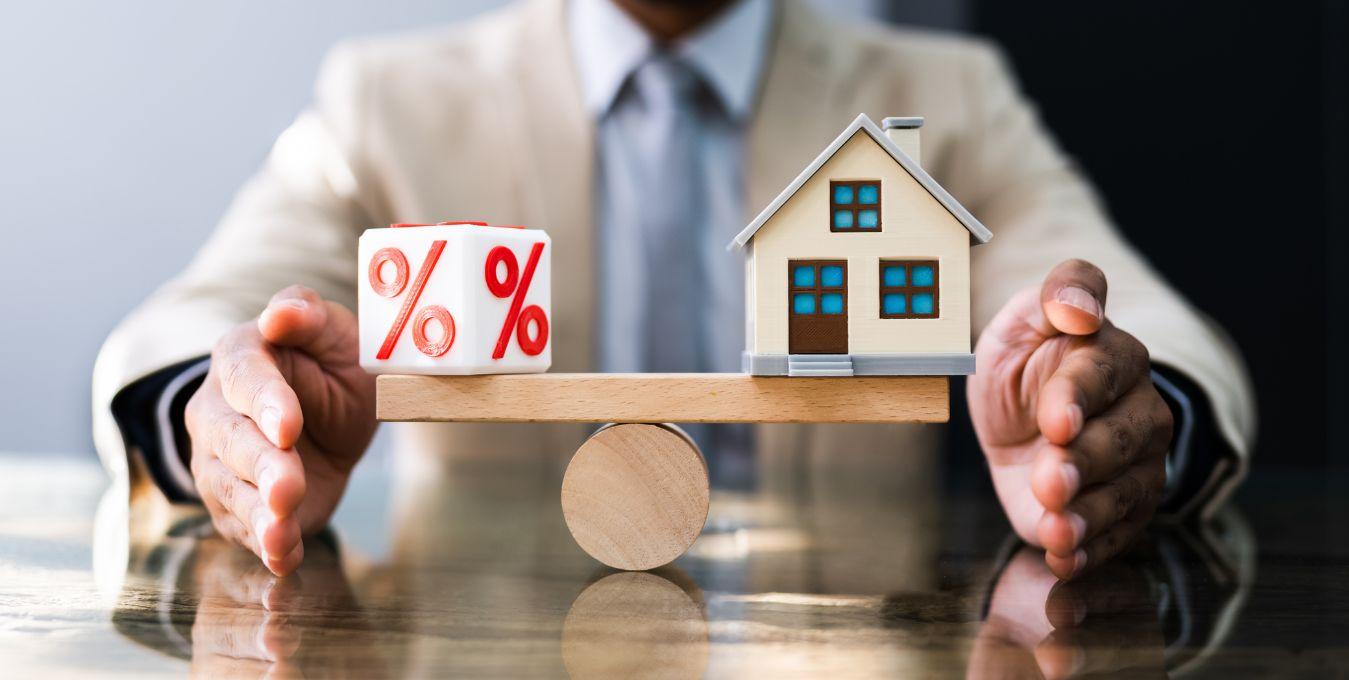How to Evaluate Rental Property Potential

Investing in rental property can be one of the most reliable ways to build long-term wealth. But not every property will turn into a profitable investment. To succeed, you need to know how to evaluate rental property potential before putting your money on the line.
Let’s break down everything you need to consider—from location and numbers to tenant demand and red flags.
1. Understand the Local Market
Before you buy anything, you need to understand the local real estate market.
Research the area’s rental trends:
-
Are rents going up or down?
-
How high is the demand for rental units?
-
What types of properties are popular?
A property that seems cheap might not be a good investment if the area has low tenant demand or high vacancy rates. On the flip side, a slightly higher-priced home in a booming rental area may offer stronger returns.
Look for neighborhoods with:
-
Steady job growth
-
Access to public transport
-
Good schools
-
Low crime rates
-
Shopping, restaurants, and entertainment
2. Calculate the Cash Flow
Cash flow is the money left over after all expenses are paid.
Here's a simple formula:
Cash Flow = Rental Income – Operating Expenses – Mortgage Payment
Let’s say:
-
Rent = $2,000/month
-
Operating expenses (maintenance, property management, taxes, insurance) = $600
-
Mortgage = $1,000
Cash Flow = $2,000 – $600 – $1,000 = $400/month
Positive cash flow is key. It means your property is generating income instead of draining your finances.
3. Analyze the Cap Rate
The capitalization rate or cap rate helps you understand the return on investment (ROI).
Cap Rate = (Net Operating Income / Property Price) × 100
For example:
-
Net Operating Income (NOI) = $10,000/year
-
Property Price = $200,000
-
Cap Rate = ($10,000 / $200,000) × 100 = 5%
A typical cap rate ranges from 4% to 10%, depending on location and risk. A higher cap rate often means higher return but potentially more risk.
4. Know the 1% Rule
The 1% Rule is a quick test to see if the rent justifies the purchase price.
The rule says the monthly rent should be at least 1% of the property’s purchase price.
Example:
-
Purchase Price = $250,000
-
Expected Monthly Rent = $2,500
-
1% of $250,000 = $2,500 ✅
If the rent is much lower than 1% of the price, you may struggle to earn good returns.
5. Estimate Expenses Carefully
Don’t overlook hidden costs. Owning a rental property means handling a lot more than just the mortgage.
Common expenses include:
-
Property taxes
-
Insurance
-
Repairs and maintenance
-
Property management fees (if you hire someone)
-
Vacancy periods
-
HOA fees (if applicable)
A good rule of thumb is to budget 30% to 50% of your rental income for operating expenses.
6. Research Tenant Demand
Even a perfect property won’t earn income if no one wants to rent it.
Ask yourself:
-
Is there strong demand for rentals in the area?
-
Are vacancy rates low?
-
What kind of tenants are you targeting?
You can learn a lot just by looking at local listings:
-
How fast are rentals getting filled?
-
How much rent are similar properties charging?
Look for signs of a healthy rental market—high demand, low vacancies, and competitive rents.
7. Evaluate the Condition of the Property
The condition of the home impacts everything—your repair costs, tenant satisfaction, and cash flow.
Before buying:
-
Hire a qualified home inspector
-
Check for structural issues, roof problems, outdated systems, plumbing, etc.
-
Factor in any immediate repairs or upgrades
A property that needs lots of work may still be a good investment—but only if the price reflects the costs and the market supports it.
8. Consider Appreciation Potential
Besides cash flow, rental properties can also gain value over time—this is called appreciation.
Look for signs that the neighborhood is on the rise:
-
New infrastructure projects
-
Increasing home values
-
Commercial developments (like malls, offices, transit lines)
While appreciation is never guaranteed, buying in an up-and-coming area can give your investment a valuable boost over time.
9. Run a Rent Comparison
Use current rental listings to compare what similar properties are renting for. This will help you:
-
Set a realistic rent price
-
Understand how your property fits into the local market
-
Avoid overestimating your income
Even a $100/month overestimation can seriously impact your cash flow over time.
10. Plan for the Worst-Case Scenario
Finally, be honest about what could go wrong.
Ask yourself:
-
What if the property sits vacant for two months?
-
What if major repairs are needed unexpectedly?
-
Can you afford the mortgage without rental income for a while?
Smart investors always plan for the worst while hoping for the best. Make sure you have emergency savings and proper insurance coverage.
Final Thoughts
Knowing how to evaluate rental property potential is about more than just liking the house. You need to crunch the numbers, study the market, and plan for all scenarios.
By doing your homework upfront, you can avoid costly mistakes and build a profitable, long-term investment portfolio. Use this checklist every time you consider a new rental opportunity, and you'll be on your way to smarter real estate decisions.
Important Links
Step-by-Step Guide to Buying a House for the First Time
Best Places to Buy Rental Property for Cash Flow
How to Evaluate Property Value Before Buying
Buying Foreclosed Homes for Investment
- Vibnix Blog
- Politics
- News
- Liberia News
- Entertainment
- Technology
- Educación
- Art
- Causes
- Crafts
- Dance
- Drinks
- Film
- Fitness
- Food
- Juegos
- Gardening
- Health
- Home
- Literature
- Music
- Networking
- Other
- Party
- Religion
- Shopping
- Sports
- Theater
- Wellness


